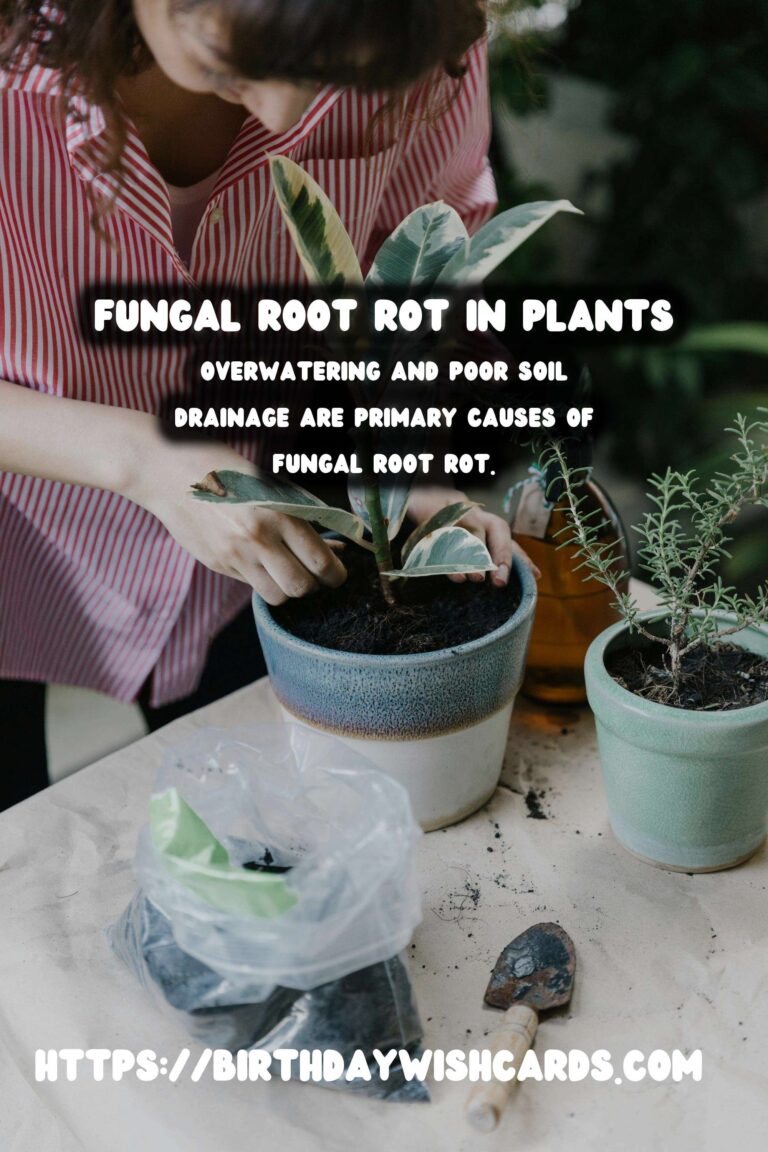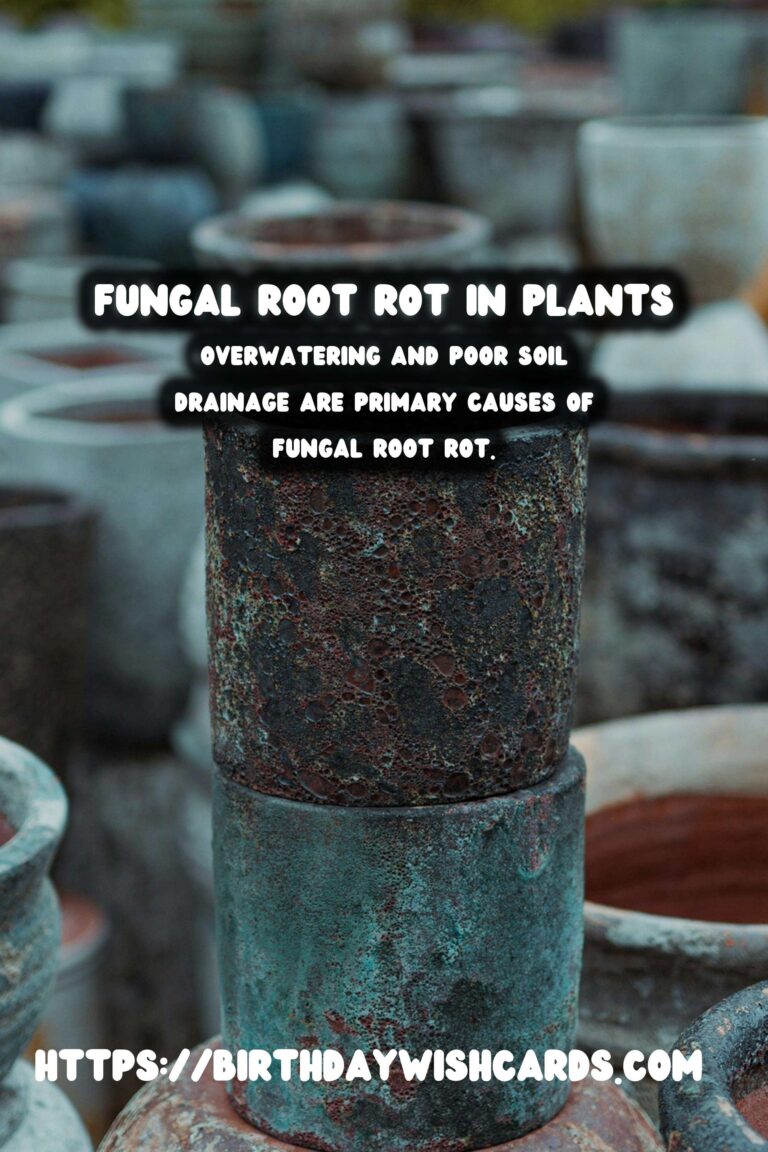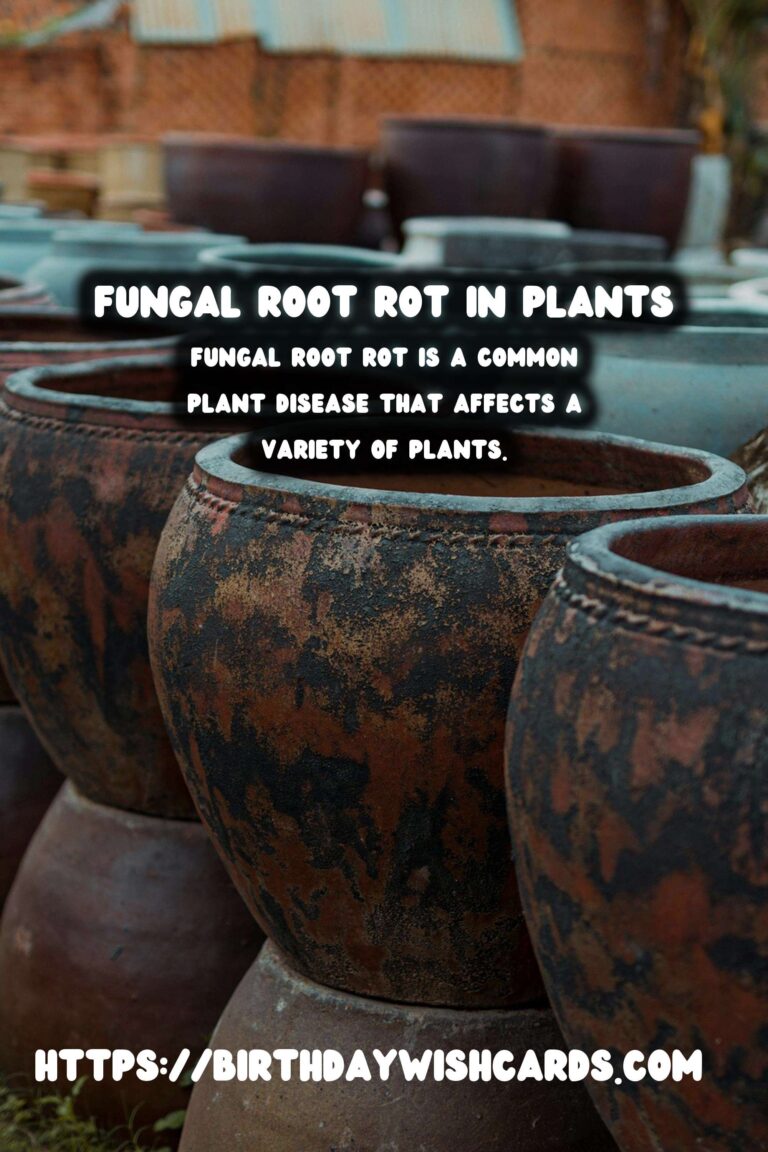
Fungal root rot is a common plant disease that affects a variety of plants, leading to significant agricultural and horticultural losses. Understanding this disease is crucial for gardeners and farmers who wish to maintain healthy plants and optimize their yields.
What is Fungal Root Rot?
Fungal root rot is a disease caused by various fungi that attack the roots of plants. These fungi thrive in wet, poorly drained soils and can quickly spread if not managed properly. The most common fungi responsible for root rot include Pythium, Phytophthora, Rhizoctonia, and Fusarium.
Identifying Fungal Root Rot
The symptoms of fungal root rot can vary depending on the plant species and the specific fungus involved. Generally, affected plants may show signs such as yellowing leaves, wilting, stunted growth, and root decay. Upon inspection, the roots may appear brown, mushy, and have a foul odor.
It is important to diagnose root rot early, as it can be easily confused with other plant issues such as nutrient deficiencies or pest infestations. A thorough examination of the roots is often necessary to confirm the presence of the disease.
Causes of Fungal Root Rot
Fungal root rot is primarily caused by overwatering and poor soil drainage, which create ideal conditions for fungal growth. Other factors that can contribute to the development of root rot include compacted soil, excessive use of fertilizers, and planting in infected soil or containers.
Preventing Fungal Root Rot
Prevention is key when it comes to managing fungal root rot. Here are some strategies to reduce the risk of this disease:
- Ensure proper drainage by planting in well-drained soil or using raised beds.
- Avoid overwatering by allowing the soil to dry out between waterings.
- Improve soil structure with organic matter to enhance aeration.
- Rotate crops and avoid planting susceptible plants in the same location year after year.
- Use disease-resistant plant varieties when available.
Treating Fungal Root Rot
Once fungal root rot is established, it can be challenging to treat. However, early intervention can help save the affected plant. Treatment options include:
- Removing the affected plant parts and improving soil conditions.
- Applying fungicides specifically designed for root rot to prevent further spread.
- Replanting using healthy, disease-free plants and soil.
In severe cases where the plant cannot be saved, it is important to remove and destroy the infected plant material to prevent the spread of the fungus to other plants.
Conclusion
Fungal root rot is a significant threat to plant health but can be managed with proper care and attention. By understanding the causes, symptoms, and prevention methods, gardeners and farmers can effectively protect their plants from this destructive disease.
Fungal root rot is a common plant disease that affects a variety of plants. The disease is caused by fungi like Pythium, Phytophthora, Rhizoctonia, and Fusarium. Symptoms include yellowing leaves, wilting, stunted growth, and root decay. Overwatering and poor soil drainage are primary causes of fungal root rot. Prevention strategies include proper drainage, avoiding overwatering, and using disease-resistant plants. Fungal root rot can be challenging to treat but early intervention can help save affected plants. 









#PlantDiseases #FungalRootRot #GardeningTips #PlantCare




